The Eight Type Descriptions
* * * * *
Dr. Jung found that each of the four basic psychological functions can have an introverted or extraverted orientation, depending on where a person's attention is directed: to external objects or to internal interconnections between objects.
Sensing Extraverted (Se) – physical influence on the objects (items, people) – the conquest
Sensing Introverted (Si) – Ordering of the interconnections between physical objects
Feeling Extraverted (Fe) – Emotional influence on others – the change of mood
Feeling Introverted (Fi) - Ordering of the emotional interconnections
Thinking Extraverted (Te) – Intellectual influence on the objects – the use
Thinking Introverted (Ti) - Ordering of the interconnections between phenomena and facts
Intuiting Extraverted (Ne) – Intuitive influence on the objects – the unleashing of the potential
Intuiting Introverted (Ni) - Ordering of the interconnections between unmanifest objects (inner states, images of unconscious, archetypes)
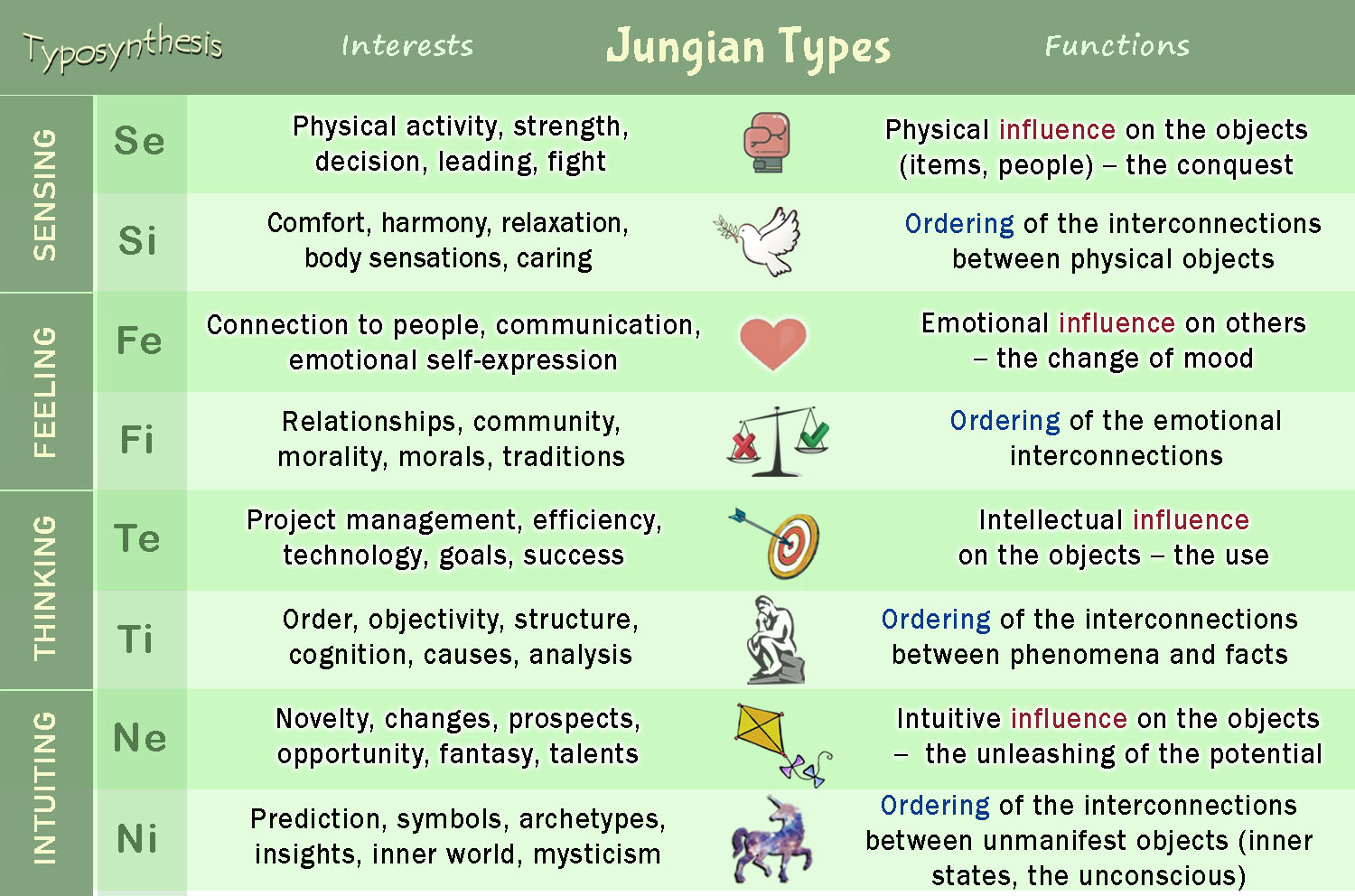
* * * * *
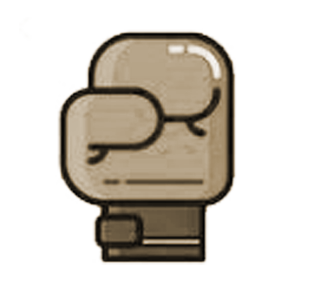 ● Type Se.
● Type Se.
Self image:
Social role: Decisive PATRON– takes responsibility for others, believes that he should be a patron, a support for others: provides them with financial and material resources, protects them from the dangers of the outside world.
* * *
 ● Type Si.
● Type Si.
Self image:
Social role: Peaceful CAREGIVER – monitors the satisfaction of the physical and everyday needs of others, strives to feed, warm and create comfortable living conditions for everyone, tries to reconcile everyone. ☔️
* * *
 ● Type Fe.
● Type Fe.
Self image:
Social role: Sociable ALTRUIST – provides emotional support to others, reacts to being addressed, interested in the problems of others, always ready to cheer up and help.
* * *
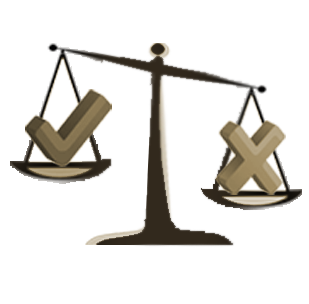 ● Type Fi.
● Type Fi.
Self image:
Social role: Responsible EDUCATOR – takes responsibility for maintaining correct behavior and for moral self-improvement. He tries to correct any flaw in himself and become a moral authority for others.
* * *
 ● Type Te.
● Type Te.
Self image:
Social role: Efficient HERO – sets goals and develops algorithms of actions for their achievement in the shortest time, organizes processes that ensure the desired result. He tries to solve quickly any problem, constantly improves his skills.
* * *
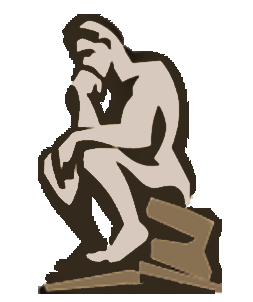 ● Type Ti.
● Type Ti.
Self image:
Social role: Cautious KNOW-IT-ALL – wants to find answers to all questions and to play the role of a teacher giving knowledge to others. He dives deep into the study of the issue, organizes and classifies information.
* * *
 ● Type Ne.
● Type Ne.
Self image:
Social role: Optimistic INVENTOR – sees the diversity of opportunities and people's potential, gives others confidence in their abilities, shows creativity in solving problems, and inspires others with his optimistic vision.
* * *
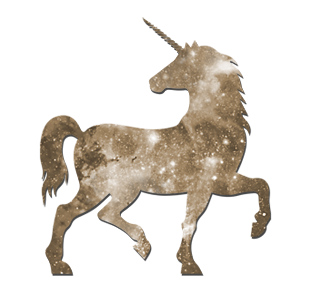 ● Type Ni.
● Type Ni.
Self image:
Social role: Devoted FORECASTER – thanks to a developed intuition, he is good at assessing prospects of projects and suggests the best time for action. Takes an individual approach to each person, tunes in to him. ✨
* * * * *
Carl Jung believed that a man identifies himself with his main psychological function: «Very frequently, indeed as a general rule, a man identifies himself more or less completely with the most favoured, hence the most developed, function. It is this circumstance which gives rise to psychological types».
Source - Carl Gustav Jung "Psychological Types" (1921). Chapter XI. Definitions. 30 - Inferior Function.
«Just as a lion strikes down his enemy or his prey with his fore-paw, in which his strength resides, and not with his tail like the crocodile, so our habitual reactions are normally characterized by the application of our most trustworthy and efficient function; it is an expression of our strength. However, this does not prevent our reacting occasionally in a way that reveals our specific weakness. The predominance of a function leads us to construct or to seek out certain situations while we avoid others, and therefore to have experiences that are peculiar to us and different from those of other people. An intelligent man will make his adaptation to the world through his intelligence, and not in the manner of a sixth-rate pugilist, even though now and then, in a fit of rage, he may make use of his fists. In the struggle for existence and adaptation everyone instinctively uses his most developed function, which thus becomes the criterion of his habitual reactions.»
Source - Carl Gustav Jung. A lecture delivered at the Congress of Swiss Psychiatrists, Zurich, 1928, and published as “Psychologische Typologie” in Seelenprobleme der Gegenwart (Zurich, 1931)
Dr. Jung emphasized: «the most highly differentiated function is the more valued function, because the more conscious, is more completely subordinated to conscious control and purpose, whilst the less conscious, in other words, the partly unconscious inferior functions are subjected to conscious free choice in a much smaller degree.»
Source - Carl Gustav Jung "Psychological Types" (1921). Chapter X. General description of the types. B. The Extraverted Type. (II) The attitude of the unconscious.
«It will now be sufficiently clear that the qualities of the main conscious function, i.e., of the conscious attitude as a whole, are in strict contrast to those of the unconscious attitude…
The conscious attitude is always in the nature of a worldview (Weltanschauung), if it is not explicitly a religion. It is this that makes the type problem so important. The opposition between the types is not merely an external conflict between men, it is the source of endless inner conflicts; the cause not only of external disputes and dislikes, but of nervous ills and psychic suffering.»
Source - Carl Jung "Psychological Types". A lecture delivered by Carl Jung at the International Congress of Education, Territet, Switzerland, 1923.
Last updating 28.04.2022


 ● Type Se.
● Type Se.

 ●
●  ● Type Te.
● Type Te.  ●
●  ● Type Ne.
● Type Ne.  ● Type Ni.
● Type Ni. 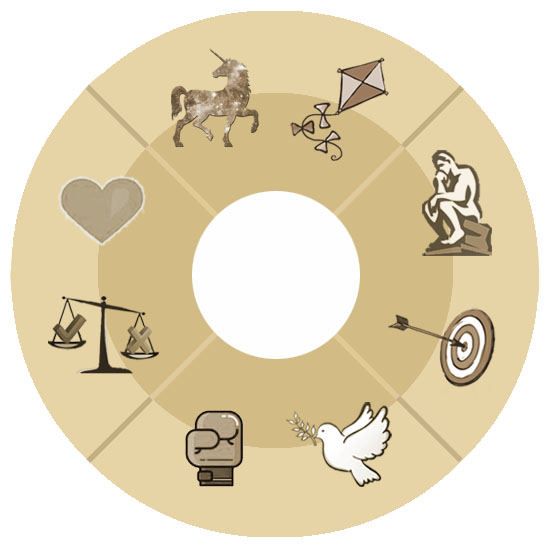 Part 1
Part 1